SO MANY TYPES OF KALEIDOSCOPES...WHAT'S THE DIFFERENCE?
In the Aleph® Collections you can find many variations on the theme ‘kaleidoscope’. They all have in common the quality components such as first surface mirror and optical lenses. But, depending on the object we observe and how the image is created, we can classify our kaleidoscopes into following types:
A selection of transparent couloured bits held loosely in an object cell at the end
of the tube, are shown in continually changing symmetrical forms by reflection
in three optical mirros. Endless varying colors and patterns appear as the tube is rotated.
of the tube, are shown in continually changing symmetrical forms by reflection
in three optical mirros. Endless varying colors and patterns appear as the tube is rotated.
This type is similar to the classic kaleidoscope, but it’s obect cell
can turn independently of the body of the kaleidoscope.
This enables the viewer to create more or less drastic changes of the kaleidoscopic
pattern.
can turn independently of the body of the kaleidoscope.
This enables the viewer to create more or less drastic changes of the kaleidoscopic
pattern.
An inexhaustible image creating instrument: a system of lenses and
three optical mirrors catches the images from your environment and turns them
into an infinite number
of kaleidoscopic views.
The abstract repeating mosaics
change with the slightest movement of the instrument.
The world becomes a kaleidoscope!
three optical mirrors catches the images from your environment and turns them
into an infinite number
of kaleidoscopic views.
The abstract repeating mosaics
change with the slightest movement of the instrument.
The world becomes a kaleidoscope!
Two wheels resulting from the fusing of transparent glass with coloured
glass flakes and strings, that rotate around the same axel – also in opposite
directions – to create brightly coloured designs and superimpositions.
The glass wheels are decorated one by one and no two are identical.
glass flakes and strings, that rotate around the same axel – also in opposite
directions – to create brightly coloured designs and superimpositions.
The glass wheels are decorated one by one and no two are identical.
This type of kaleidoscope has a multicoloured marble made of Murano glass
suspended at the end of the mirrors. By rotating the sphere at 360° in
all directions you can create innumerable deeply coloured arabesques.
Every marble is a unique piece and handblown by craftsmen of Murano in
the Venetian lagoon.
suspended at the end of the mirrors. By rotating the sphere at 360° in
all directions you can create innumerable deeply coloured arabesques.
Every marble is a unique piece and handblown by craftsmen of Murano in
the Venetian lagoon.
This is special kind of classic kaleidoscope.
The patterns and images appear creating a ”moonlit” effect on a black
background produced by the presence of iridescent coloured crystals
that catch the light shining through the sides of the transparent object cell.
The patterns and images appear creating a ”moonlit” effect on a black
background produced by the presence of iridescent coloured crystals
that catch the light shining through the sides of the transparent object cell.
This interesting version of the teleidoscope has a two-mirror-system
and a big aspherical rotating lens.
The circular images change at the slightest movement
of the external lens or of the whole instrument.
and a big aspherical rotating lens.
The circular images change at the slightest movement
of the external lens or of the whole instrument.
This type has one or more interchangeable components and enables the owner to
change the object(s) to be observed through the kaleidoscope. Objects can be
added or removed from the object cell, the object cell can be replaced
by a lens filter, that transforms the kaleidoscope in a teleidoscope etc.
change the object(s) to be observed through the kaleidoscope. Objects can be
added or removed from the object cell, the object cell can be replaced
by a lens filter, that transforms the kaleidoscope in a teleidoscope etc.
Sparkling coloured particles, suspended in a colourless liquid,
flow up and down in continuous motion inside the acrylic tubes, creating
images similar to a firework display.
flow up and down in continuous motion inside the acrylic tubes, creating
images similar to a firework display.
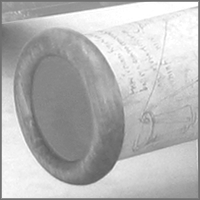
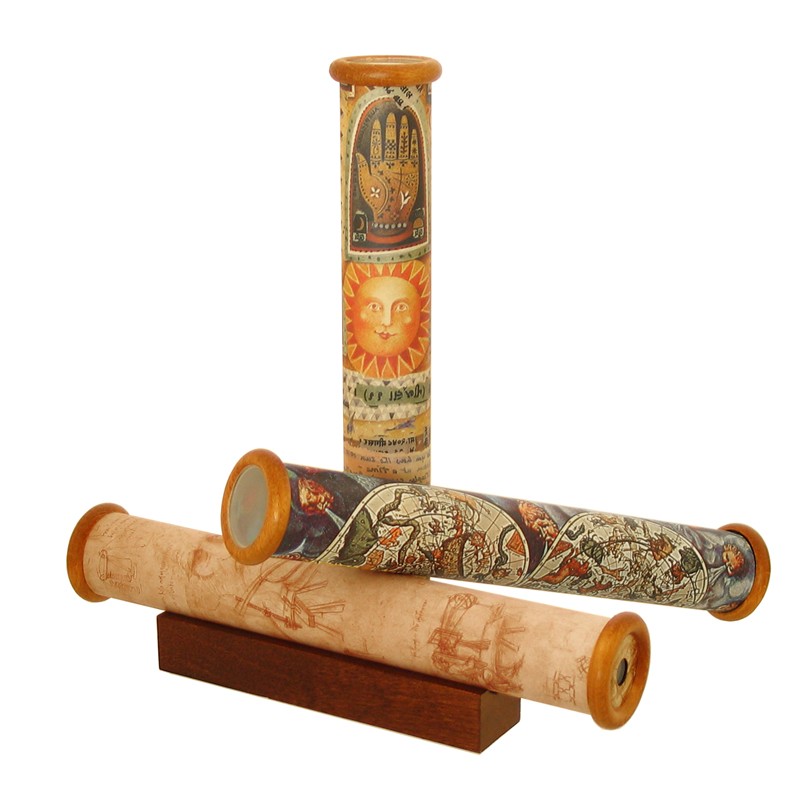



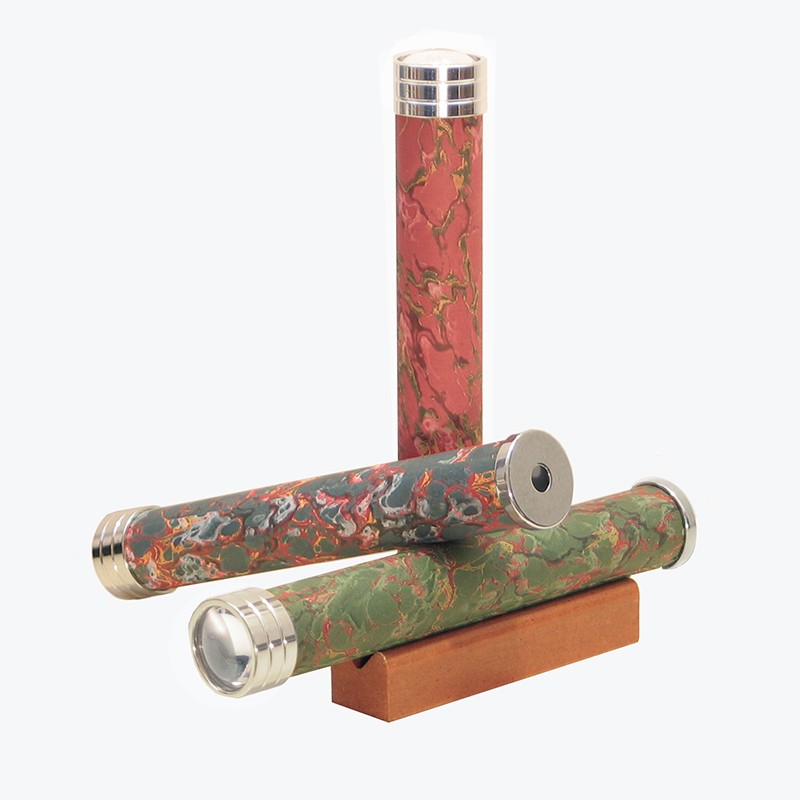
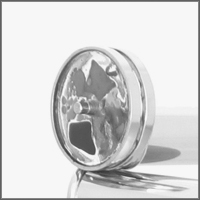
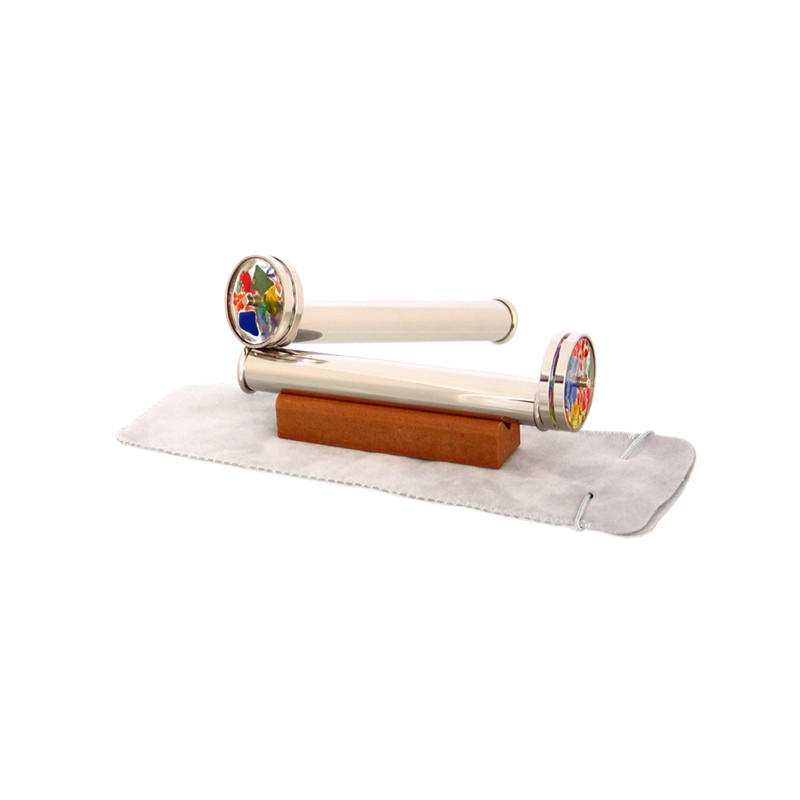
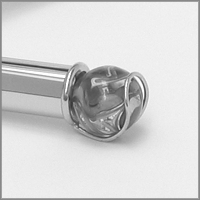
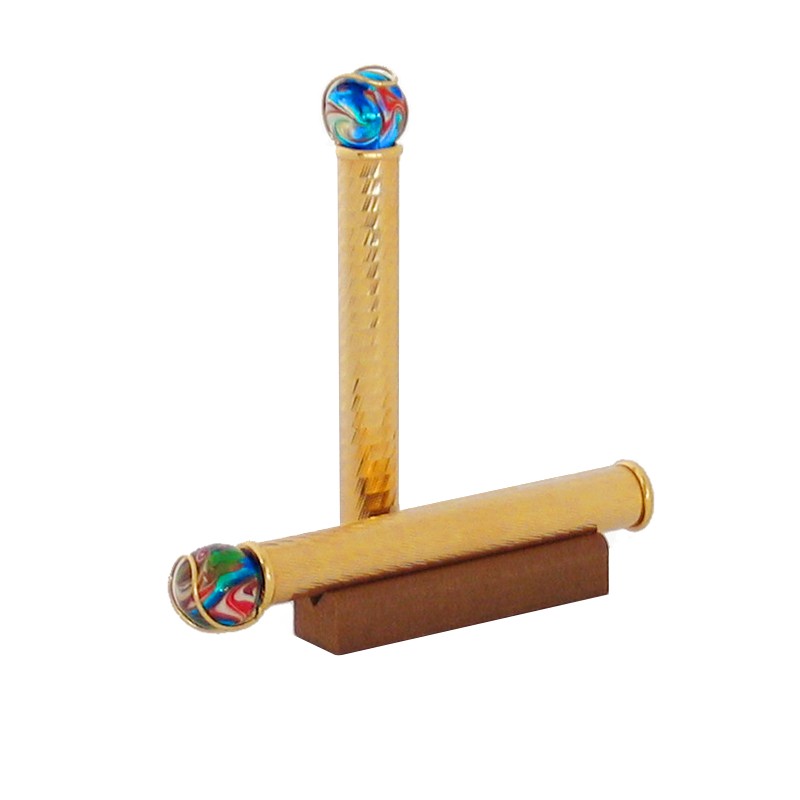
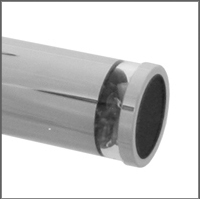

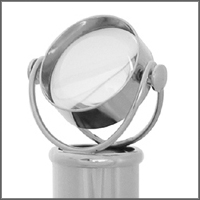

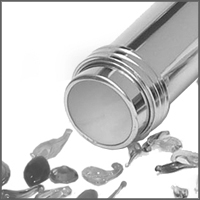

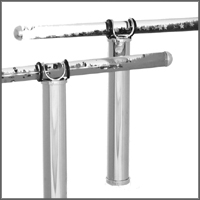
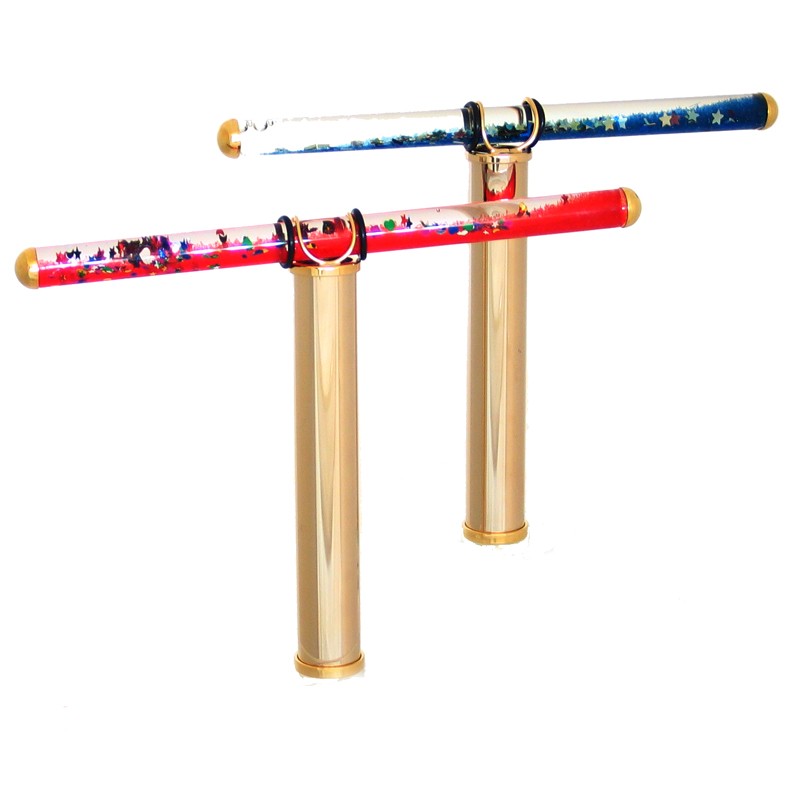
No hay comentarios.:
Publicar un comentario